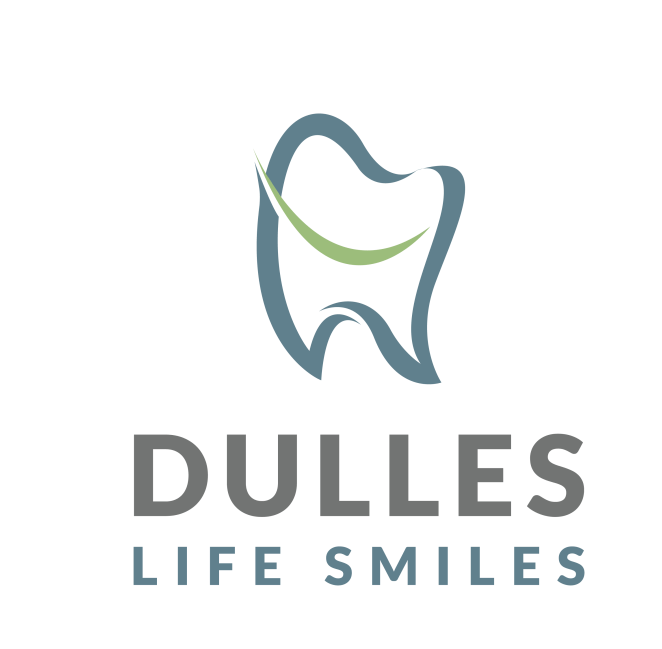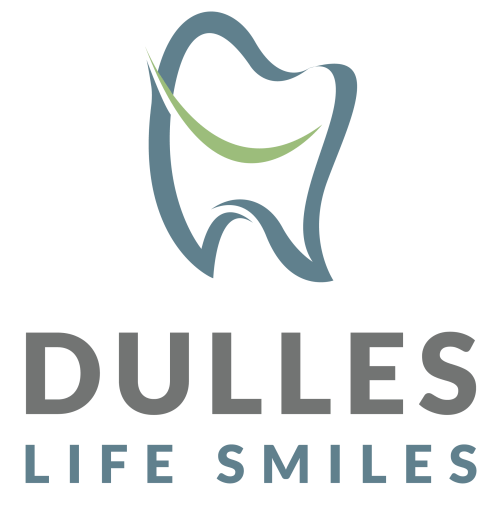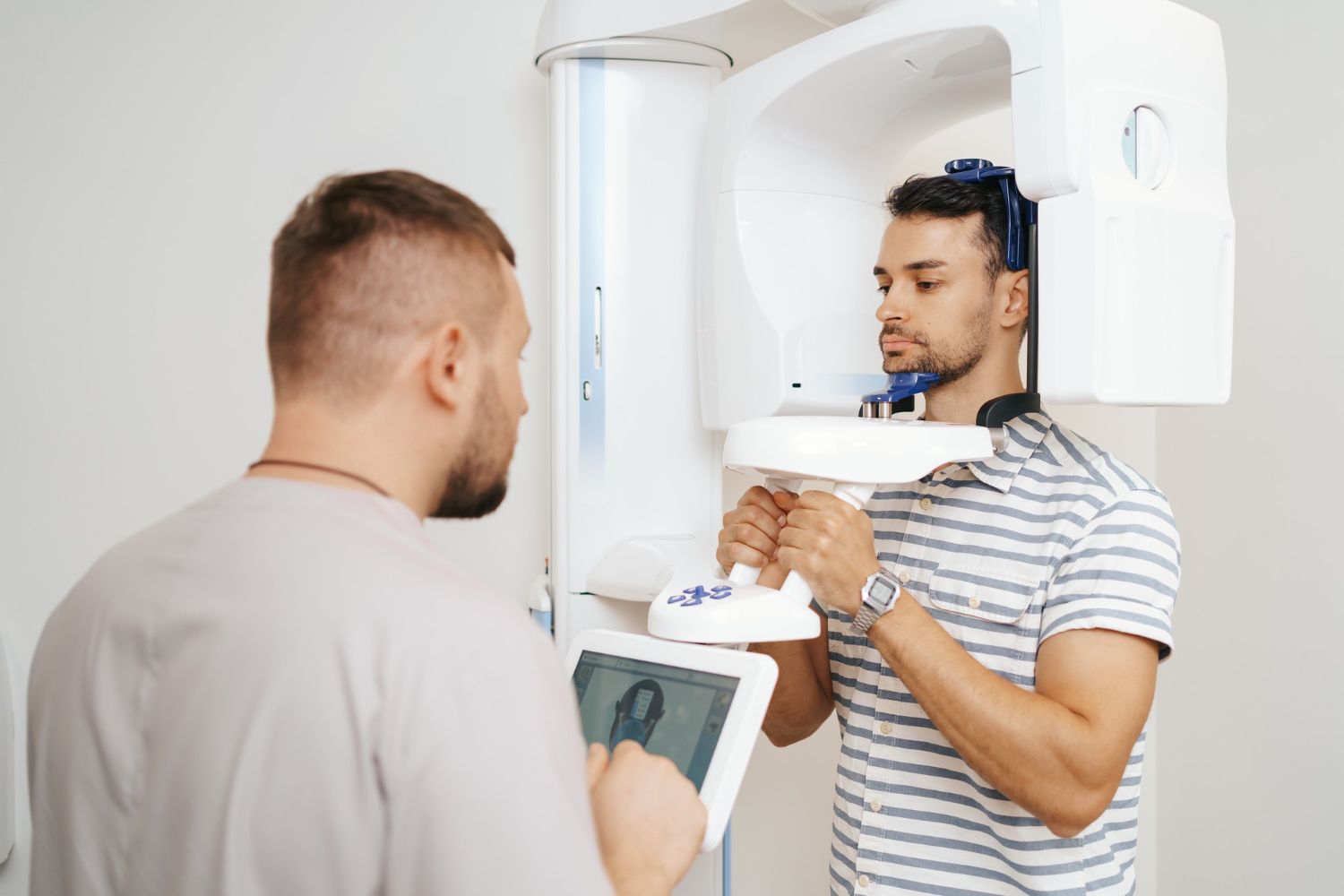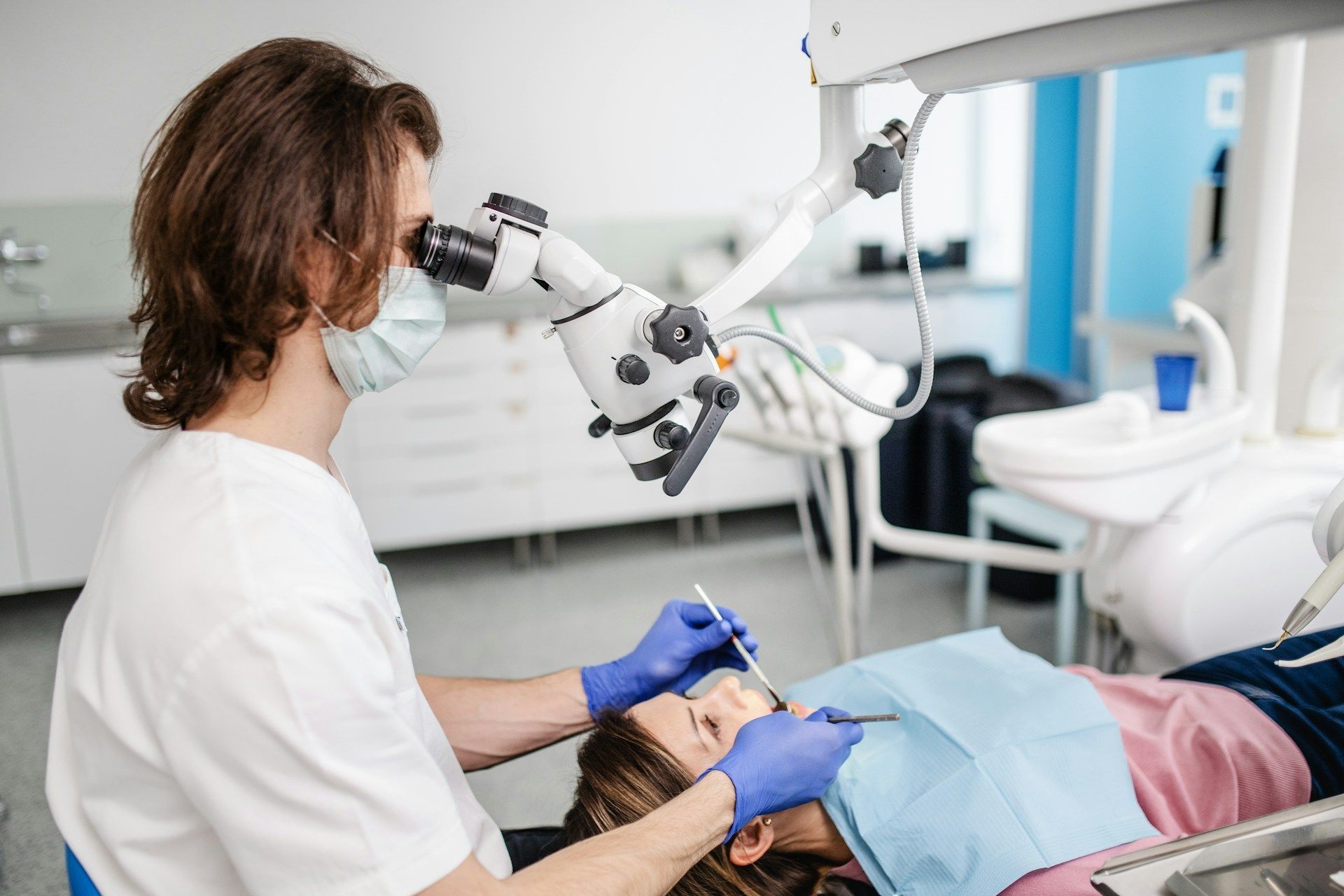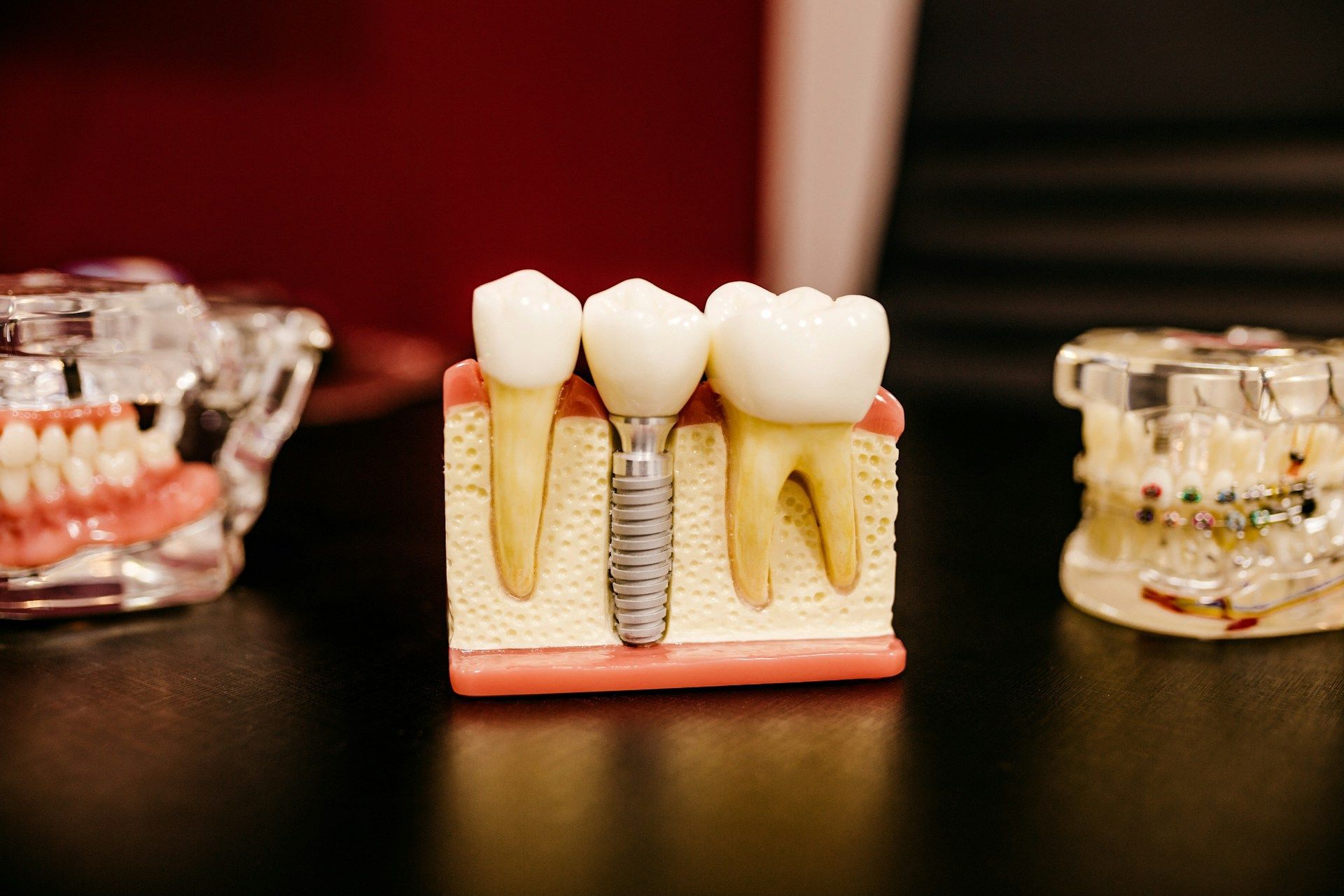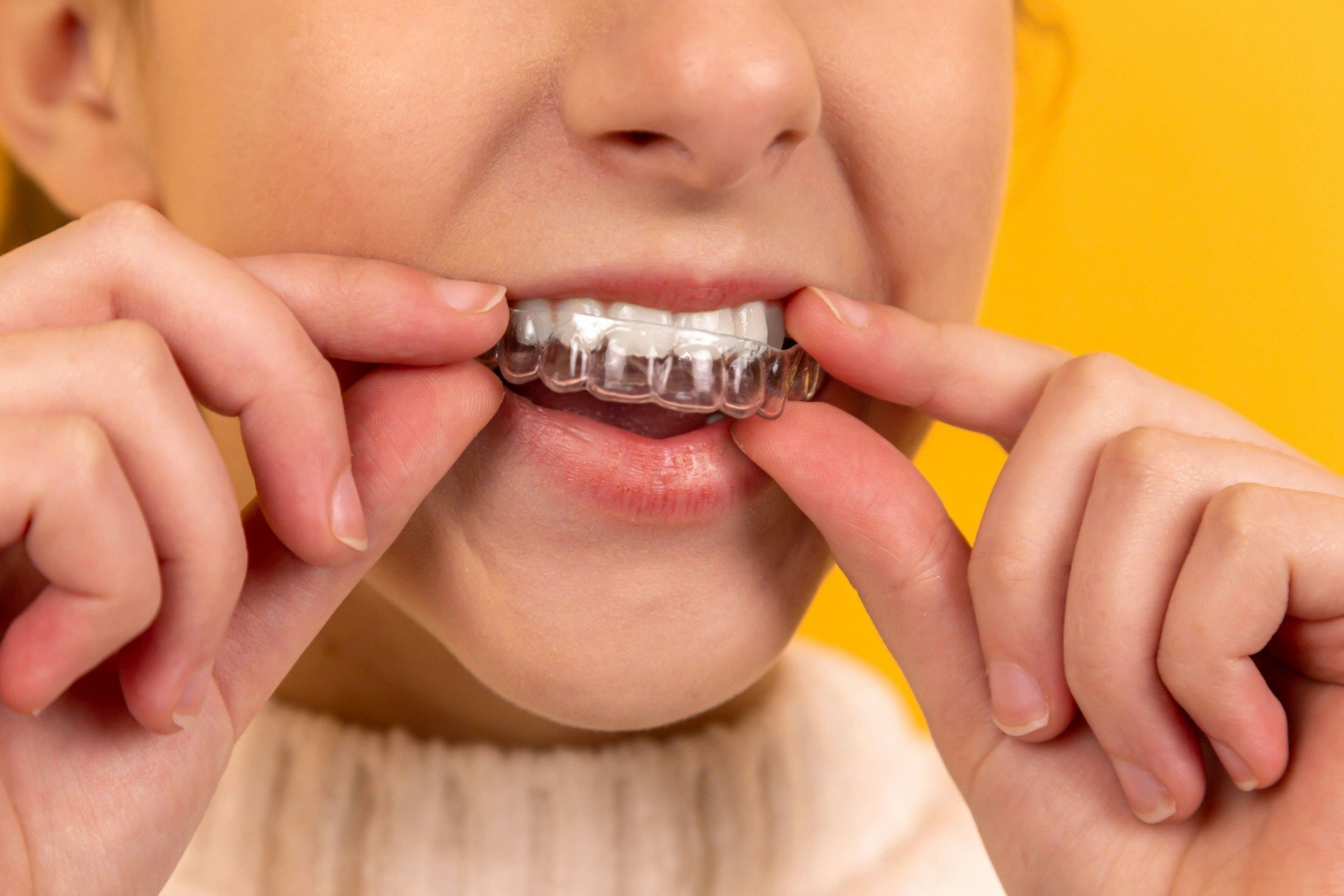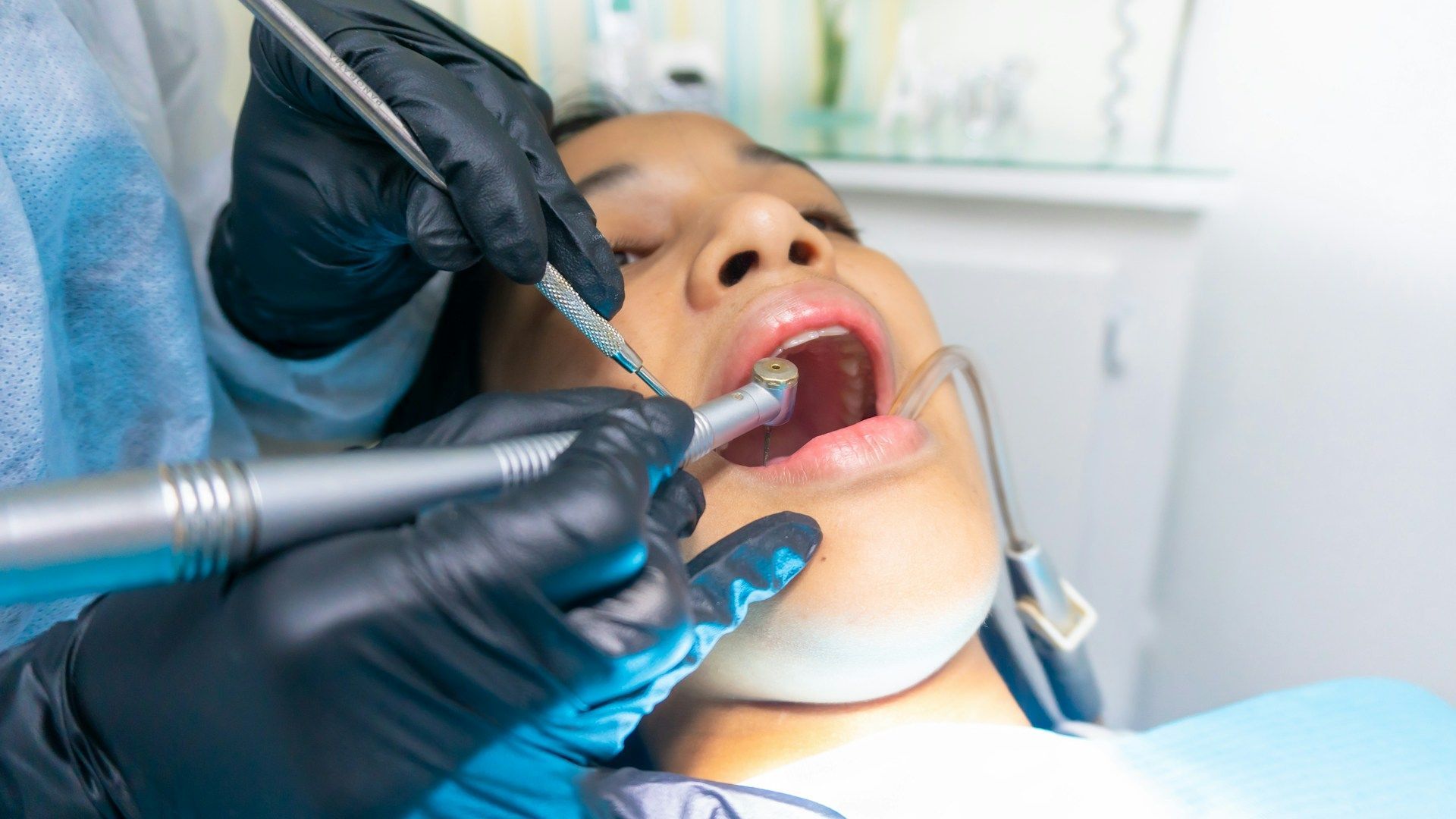Dr. Gino Habla Español
How to Choose the Right Toothbrush for Your Family
This is a subtitle for your new post
Choosing the right toothbrush is essential for maintaining good oral hygiene. With so many options available, knowing which one is the best fit for each family member can be challenging. From manual to electric toothbrushes, and soft bristles to specialty brushes, the choices might seem endless. However, selecting the right toothbrush can greatly affect your oral health routine.
Understanding the different types of toothbrushes and their features can help you make an informed decision. A comfortable and effective toothbrush for an adult might not be the best choice for a child or a senior. It's important to consider the specific needs of each person in your family to ensure they get the most out of their brushing experience.
In addition to choosing the right toothbrush, proper maintenance and hygiene practices are crucial to keep them effective. Knowing how to store and when to replace your toothbrush will help maintain its efficiency and longevity. By following these guidelines, you can ensure that every member of your family enjoys optimal oral health.
Understanding Different Types of Toothbrushes
1. Manual vs. Electric Toothbrushes
When it comes to choosing between manual and electric toothbrushes, both options have their benefits. Manual toothbrushes are straightforward, cost-effective, and don’t require charging or batteries. They come in various sizes and bristle types, which makes it easy to find one that fits your needs.
Electric toothbrushes, on the other hand, offer powered brushing that can be more efficient at removing plaque. They often include features like timers and different brushing modes to enhance the cleaning process. Some studies suggest that electric toothbrushes can improve oral health more effectively than manual ones, but the best choice ultimately depends on personal preference and individual needs.
2. Soft, Medium, and Hard Bristles
Toothbrushes come with different bristle types: soft, medium, and hard. Soft bristles are generally recommended by dentists because they are gentle on the gums and enamel. They are suitable for most people, including those with sensitive teeth or gums.
Medium bristles can provide a slightly more vigorous clean, but they might be too abrasive for some individuals. Hard bristles are the most abrasive and can cause damage to the gums and enamel if not used properly. Therefore, it's usually best to stick with soft or medium bristles unless otherwise advised by a dentist.
3. Specialty Toothbrushes (Orthodontic, Sensitive Teeth, etc.)
Specialty toothbrushes are designed to address specific dental needs. Orthodontic toothbrushes have V-shaped bristles to clean around braces more effectively. Toothbrushes for sensitive teeth often come with extra-soft bristles and special designs to reduce discomfort during brushing.
There are also toothbrushes with smaller heads for precision cleaning in hard-to-reach areas. Choosing the right specialty toothbrush can make a significant difference in maintaining oral health, especially for individuals with specific dental conditions.
Choosing the Right Toothbrush for Each Family Member
1. Selecting Toothbrushes for Adults
Adults have a wide range of toothbrush options to choose from. It's essential to select a toothbrush that fits comfortably in your hand and mouth. Soft bristles are usually the best choice to avoid damaging the gums and enamel. Adults might also consider electric toothbrushes for their superior plaque removal capabilities. Some toothbrushes come with additional features like pressure sensors to ensure gentle brushing.
2. Picking the Best Toothbrush for Kids
When choosing a toothbrush for kids, look for ones that are specifically designed for their smaller mouths and developing teeth. Children's toothbrushes often have soft bristles and smaller heads, making them comfortable and effective for young brushers.
Fun designs, bright colors, and popular characters can make brushing more enjoyable and encourage kids to brush regularly. Electric toothbrushes designed for kids can also make brushing easier and more fun with interactive features.
3. Considering Toothbrushes for Seniors
Seniors may have unique dental needs, such as sensitive teeth, gum recession, or dexterity issues. Soft-bristled toothbrushes are generally recommended to prevent further irritation or damage.
Electric toothbrushes can be particularly beneficial for seniors, as they require less manual effort and can provide a thorough clean. Look for brushes with ergonomic handles for easier grip and control. Some toothbrushes also come with larger handles or grips to assist those with arthritis or other mobility issues.
Features to Look for in a Toothbrush
1. Importance of Bristle Design and Quality
Choosing a toothbrush with well-designed bristles is key to effective cleaning. High-quality bristles should be rounded at the tips to prevent damage to your gums and enamel. The bristles should also be densely packed to remove plaque effectively.
Some toothbrushes have multi-level or crisscross bristle patterns, which can reach between teeth and along the gumline better than flat bristles. Ensuring that the bristle design and quality are top-notch helps in maintaining excellent oral health.
2. Ergonomic Handles for Comfort
A toothbrush with an ergonomic handle makes brushing more comfortable and effective. Look for handles that have a non-slip grip and are easy to hold, especially for those who may have arthritis or limited hand mobility.
Ergonomic handles prevent hand fatigue and allow for better control while brushing. This feature is especially important for children and seniors, who may struggle with gripping a standard toothbrush handle securely.
3. Built-In Timers and Additional Features
Many electric toothbrushes come with built-in timers to ensure you brush for the recommended two minutes. Some even have quadpacer timers that beep or pause to remind you to move to a different quadrant of your mouth.
Other additional features to look for include pressure sensors, which alert you if you’re brushing too hard, and different brushing modes for sensitive teeth, whitening, or gum care. These features can enhance your brushing routine and ensure you are cleaning your teeth effectively.
Tips for Maintaining Your Toothbrush
1. Proper Storage and Hygiene Practices
Proper storage and hygiene practices for your toothbrush can prevent bacterial growth. Always rinse your toothbrush thoroughly after use to remove toothpaste and debris. Store it in an upright position to allow it to air dry completely and keep it away from other toothbrushes to avoid cross-contamination. Using a toothbrush cover when traveling can also keep your brush clean and sanitary.
2. When to Replace Your Toothbrush
It’s essential to replace your toothbrush regularly to maintain its effectiveness. Dentists recommend changing your toothbrush or toothbrush head every three to four months. If the bristles are frayed or worn out before this time, replace it sooner. A worn-out toothbrush won’t clean your teeth properly and can harbor bacteria, leading to potential oral health problems.
3. Do’s and Don’ts for Toothbrush Care
Here are some important do’s and don’ts for toothbrush care:
- Do rinse your toothbrush thoroughly after each use.
- Do store it in an upright position to air dry.
- Do replace it every three to four months or sooner if needed.
- Don’t share your toothbrush with others.
- Don’t cover your toothbrush with a cap for long periods, as it can encourage mold and bacterial growth.
- Don’t store your toothbrush in a closed container at home; let it air out.
Discover the Power of the Right Toothbrush
Choosing the right toothbrush for each family member and maintaining it properly is essential for good oral health. By understanding the different types of toothbrushes, considering the specific needs of adults, kids, and seniors, and looking for key features, you can make informed decisions. Proper storage and hygiene practices will ensure your toothbrush remains effective, delivering the best results for your oral care routine.
At Dulles Life Smiles, we’re here to help you and your family maintain optimal oral health. Schedule an appointment today to learn more about personalized
dental care in Ashburn, and let us help you choose the toothbrush that best fits your needs. Give us a call or visit our website to get started!


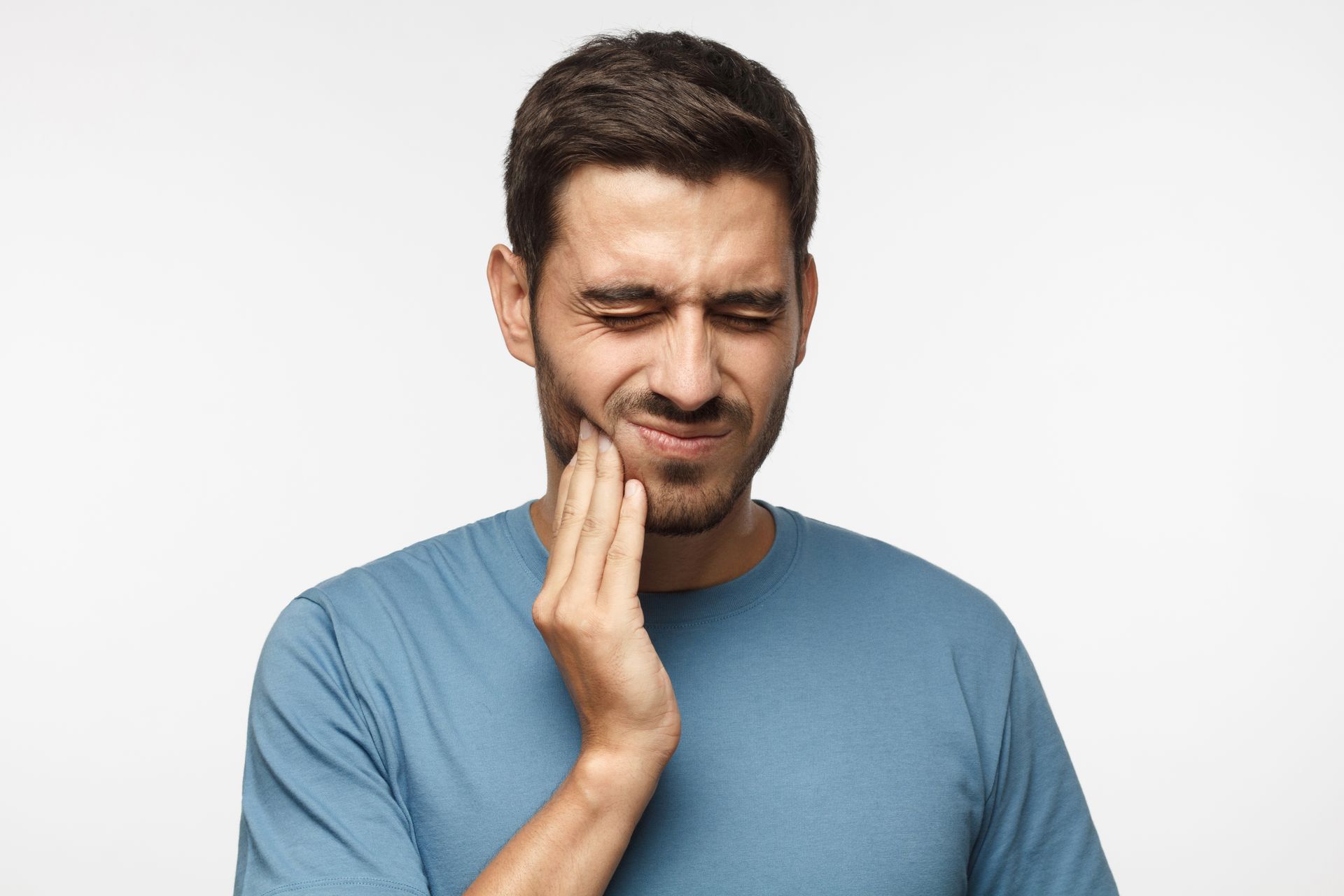
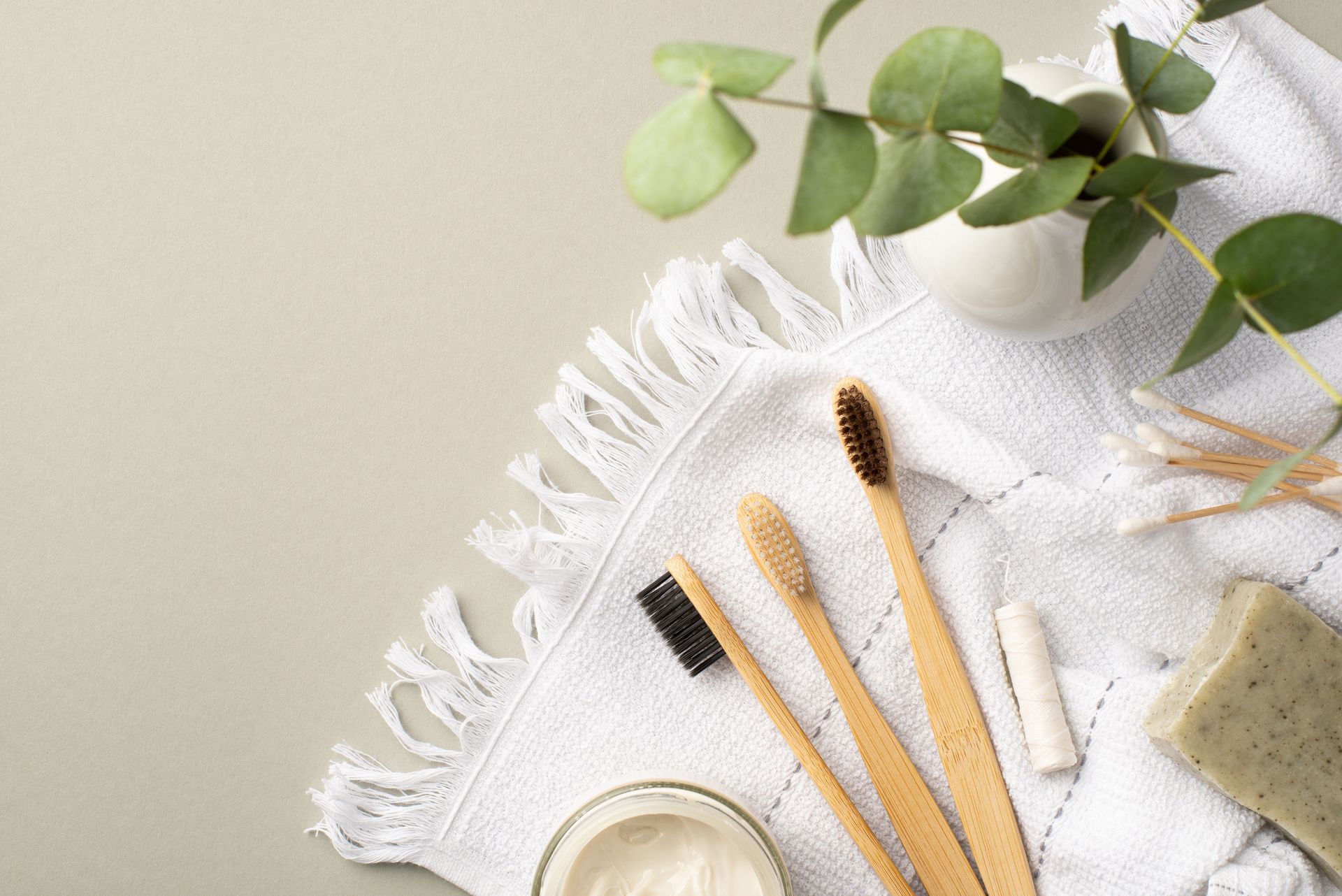
CONTACT
CONTACT US TO SCHEDULE YOUR APPOINTMENT TODAY!
Business Hours
- Mon, Tue, Thu
- -
- Wednesday
- -
- Friday
- -
- Sat - Sun
- Closed
DR. GINO HABLA ESPAÑOL
CONTACT
CONTACT US TO SCHEDULE YOUR APPOINTMENT TODAY!
22420 Flagstaff Plz # 150 Ashburn, VA 20148
Thanks for choosing us as your preferred dentist in Ashburn, VA
Follow Us On Social Media
All Rights Reserved
Dentist Websites by Energize Group
